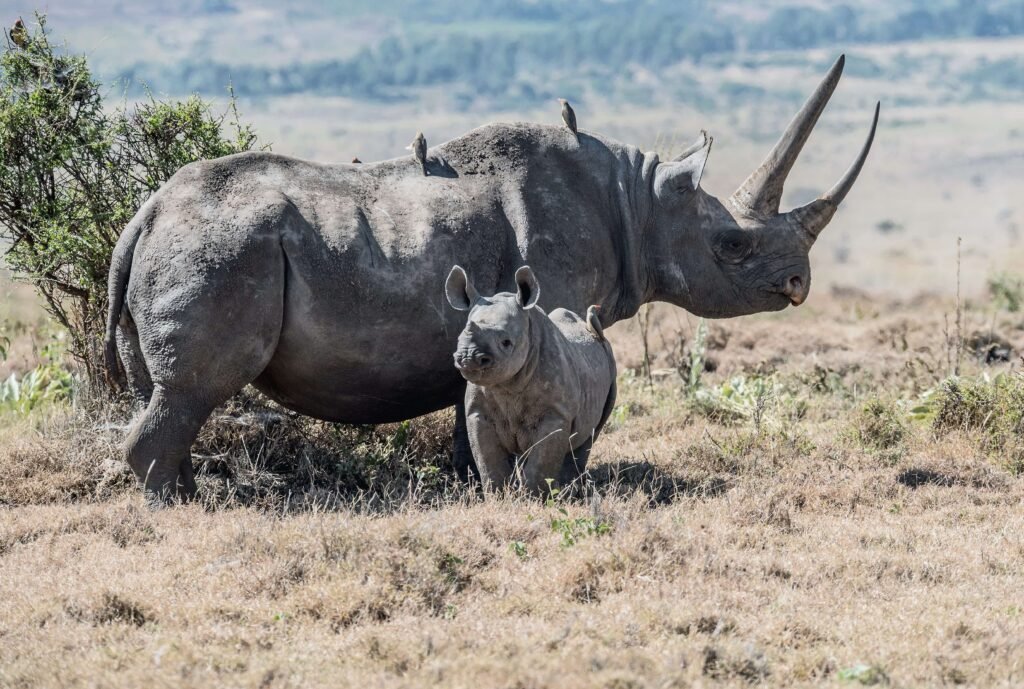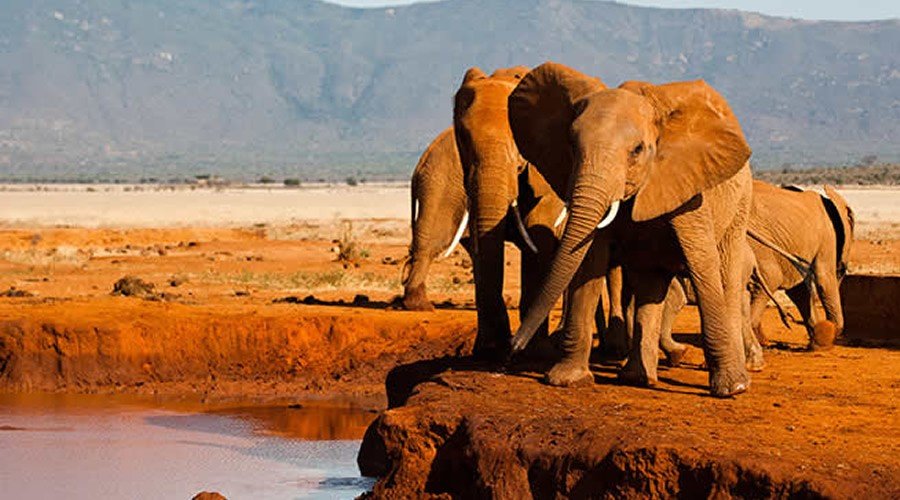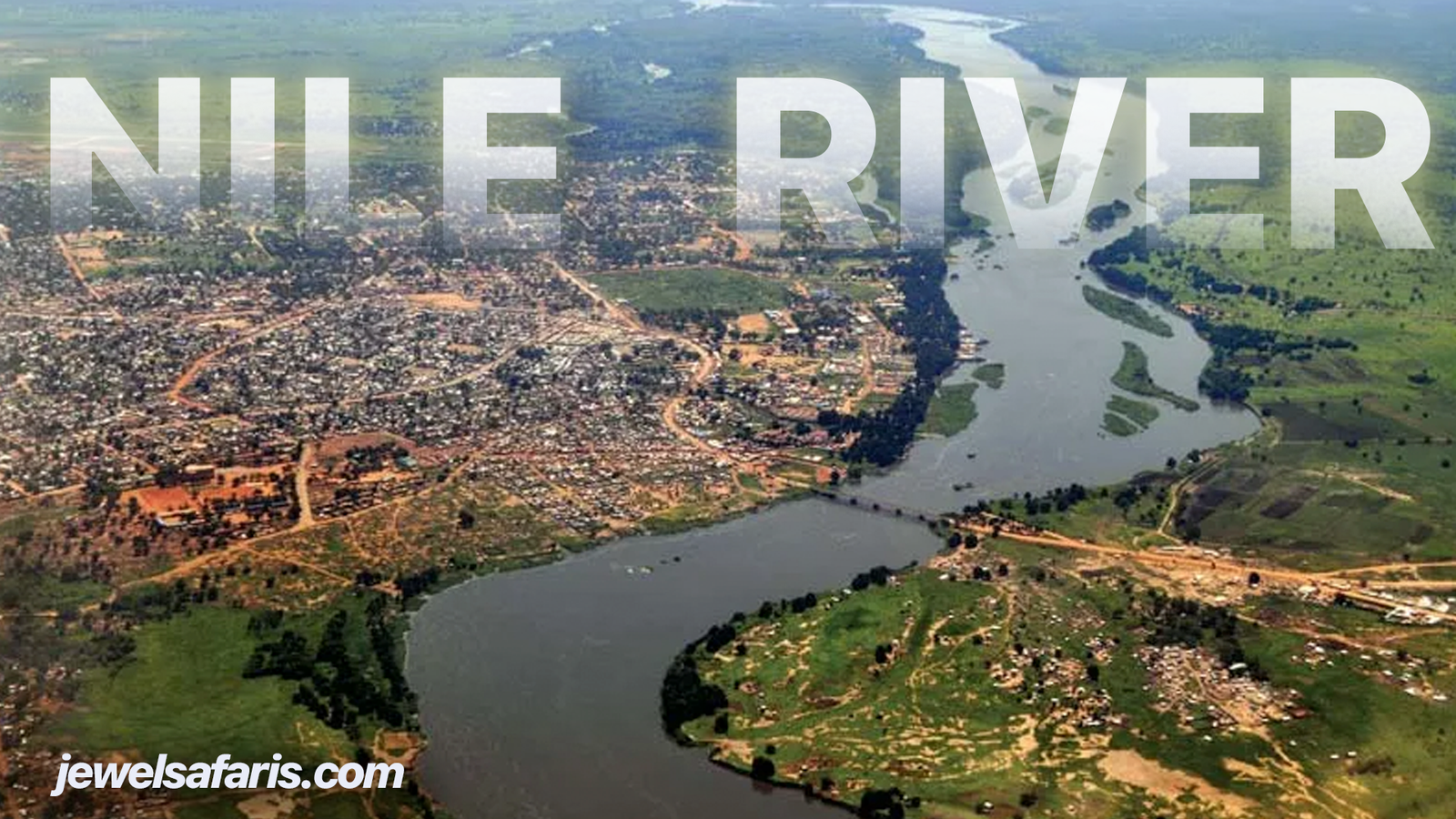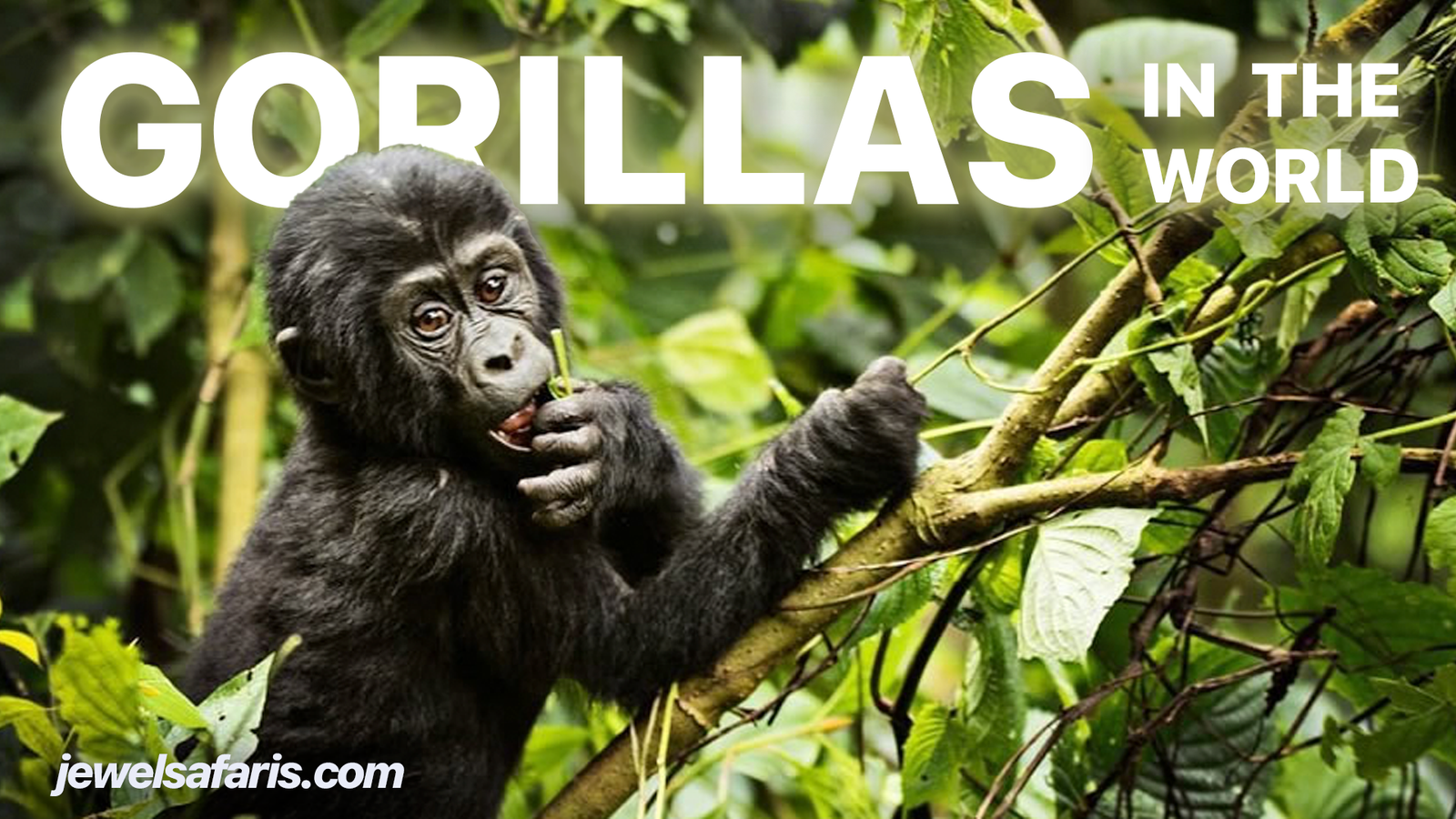Activities in Tsavo National Park Kenya
Referred to as “Theatre of the Wild” by the Kenya Wildlife Services, Tsavo East and Tsavo West National Parks combined, cover an area of about 22,000 square kilometres (about 4% of Kenya) and form one of the oldest and the largest game sanctuaries in Kenya (about 9 times the size of Maasai Mara National Park). Tsavo East alone surrounds an area of about 13,747 square kilometres and is separated from Tsavo West by the A109 road (Nairobi-Mombasa highway) and railway which cross the park. Tsavo East National Park was opened in April 1948 and gets its name from the Tsavo River which rolls from the West to the East of the park. The park is particularly well known for its large herds of elephants and captivating landscapes. Inside the park is also the Athi River which connects with the Tsavo River to form the Galana River.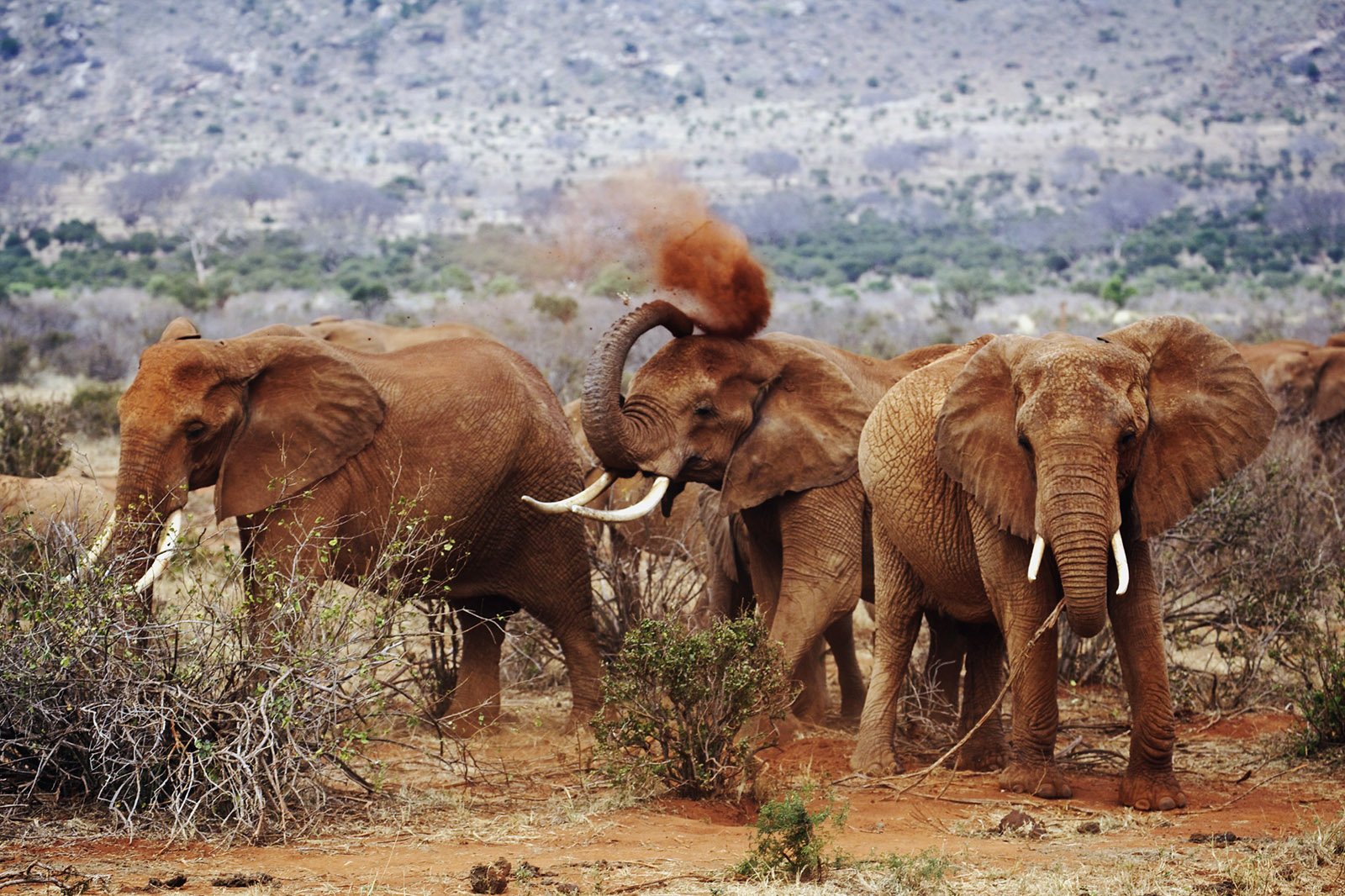
Activities and attractions in Tsavo East National Park
Tsavo National Park has a diversity of attractions and activities which visitors can participate in. These attractions range from flora and Fauna to the other naturally built aspects in the park. Some of these attractions and activities include:Bird watching
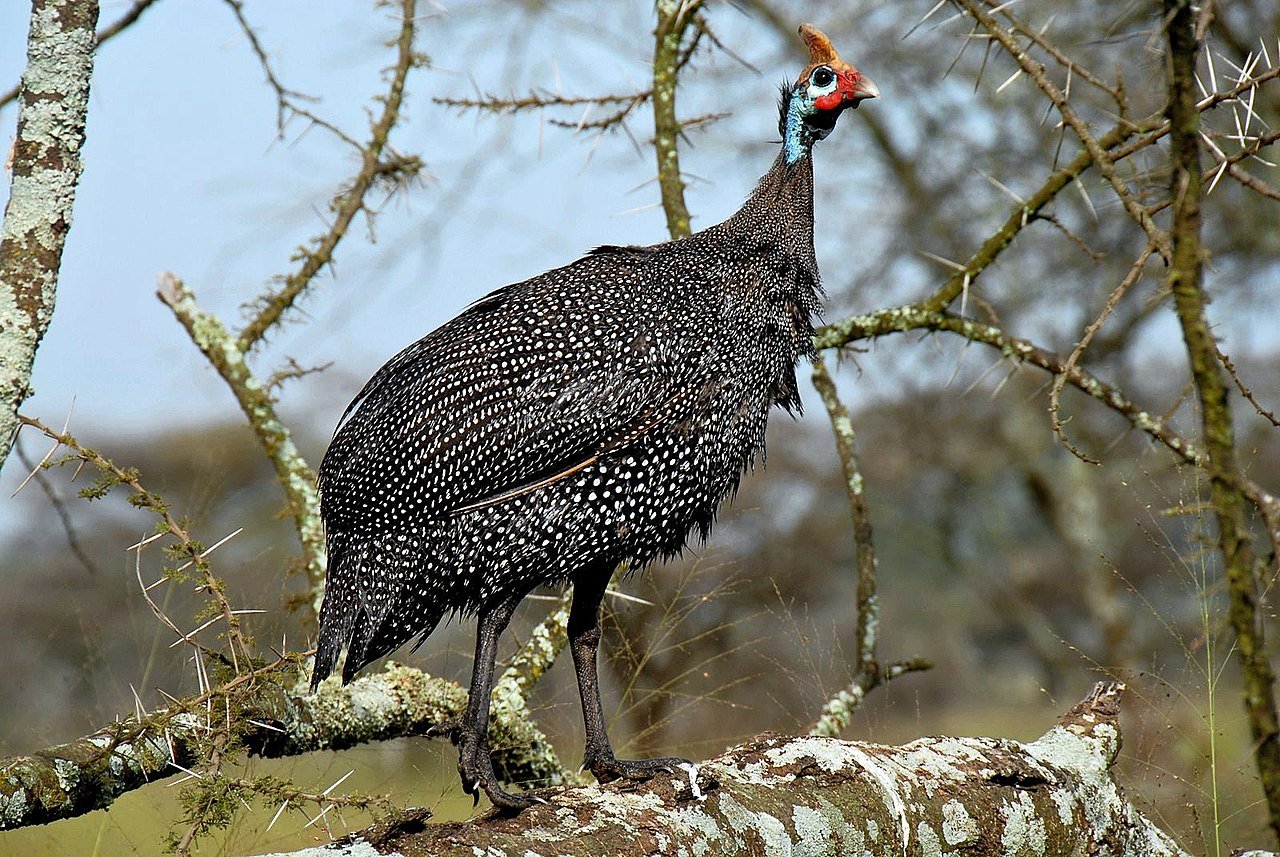
Camping
Camping in Tsavo National Park can be done either at the community camping sites or private camping sites. These sites are located in good animal viewing areas and are protected by rangers. From your tent balcony, you can easily view animals at your comfort and the most exciting moments about camping are being awoken by the birds singing or the roar of the king of the jungle patrolling its territory.Game viewing
Tsavo National Park is rich in wildlife much as it is less visited. This makes it one of the best-protected areas to visit especially by visitors who do not love crowds. Its popularity comes from the large red wallowing elephants which have been called red elephants. Game viewing in Tsavo National Park is so rewarding due to the rich wildlife variety. Most notable are the Big Five especially the red-dusty elephants, lions, Cape buffalos, leopards and the Rhino. These game drives are done following tracks which usually lead to the water holes where these animals gather. Other animals you are likely to encounter include Giraffes, Impalas, Zebras, Cheetahs, Dik Dik among others.Mudanda Rock
Hanging over a natural dam close to the Manyani dam, this massive 1.5km long rocky outcrop attracts herds of elephants and other wildlife to drink water especially in the dry season. The inselberg acts as a water catchment, supplying the natural dam below it. The outcrop also gives a vantage point for the varied wildlife that freely roam the park and spectacular views of the park.Yatta Plateau
This prehistoric lava flow located to the North of Galana River stretches about 300km and is considered one of the oldest lava flows in the world. Visitors can enjoy refreshing scenery accompanied by the history of its formation.Aruba Dam
The dam was built in 1952 and acts as a water reservoir, attracting different wildlife species This offers another opportunity for visitors to come across these animals while engaging in other activities in the park. Buffalos, elephants, dik-dik among other animals are often spotted here.Attractions and activities in Tsavo West National Park
Game viewing

Rock climbing
Tsavo West National Park offers some of the best rock climbing adventures in Kenya. The most impressive rock climb is the famous 300m Kichwa Tembo rock which attracted the first adventure and later, the second expedition to conquer the impressive Tsavo Chimney. Other hiking and rock climbing areas include the Ngulia Hills, Mastodon and Ivory tower. These viewpoints allow you to have a panoramic view of the landscapes, large herds of elephants roaming the vast plains and flocks of birds in the park. The rock climb usually happens in the morning hours before the heat of the sun becomes intense and for safety purposes, climbers are escorted by an armed ranger.Cave exploration
The Shetani caves, located next to the Shetani lava flows, were formed as a result of volcanic activity. Visitors can visit these caves to learn about their attached history. While at the caves, there is a high possibility of seeing hyenas and other small mammals. Exploring the cave requires one to carry a torch for lighting since it gets dark when in there.Bird watching
With over 400 bird species, Tsavo West National Park is considered one of the best places to visit for birding. Between October and January, bird lovers flock to Ngulia hills annually because of its strategic location along one of the world’s busiest bird migration routes to see birds which include River Warbler, Marsh Warbler, Red-baked Shrike, Verreaux’s Eagle Owl, Vulturine Guineafowl, Golden-palm weaver among other portfolio species.Ngulia Rhino Sanctuary
